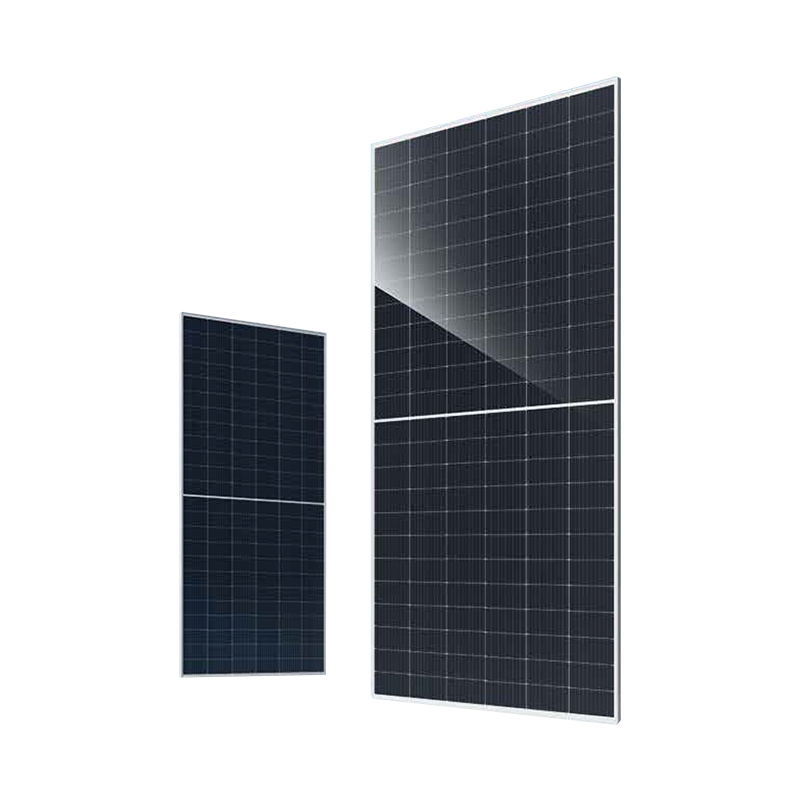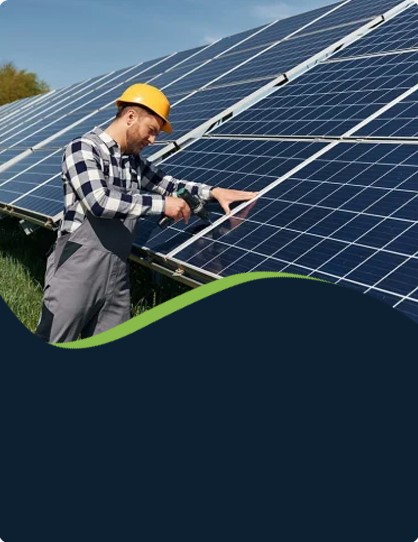
-
[email protected]

-
Building 1, No. 21 Shengfa Road, Lucheng District, Wenzhou, Zhejiang, China


Solar energy has become a significant player in the push for sustainable power solutions. Each has distinct features and applications that cater to different energy needs and installation environments.
Integrated solar panels, also known as building-integrated photovoltaics (BIPV), are designed to blend seamlessly into the structure of a building. These panels can replace conventional building materials such as roofing tiles, windows, or facades, thus serving both as a functional energy generator and as part of the building's design.

The primary advantage of integrated solar panels is their aesthetic appeal. Since they are embedded in the building itself, they do not alter the appearance of the structure, making them ideal for urban areas or architectural projects where aesthetics are a priority. Additionally, integrated panels can reduce the need for additional roofing materials, as they serve a dual purpose of providing energy and acting as a building envelope.
One challenge of integrated solar panels is their higher initial cost compared to traditional rooftop-mounted systems. Despite these challenges, integrated solar panels are becoming increasingly popular in sustainable construction and green building projects.
Off-grid solar panels are designed for systems that operate independently of the electrical grid. These systems are ideal for remote locations, rural areas, or situations where access to grid electricity is either unreliable or unavailable. Off-grid solar systems consist of solar panels, a charge controller, a battery bank for energy storage, and an inverter to convert DC power into usable AC power.
The primary benefit of off-grid solar panels is energy independence. These systems allow homeowners or businesses to generate and store their own electricity, making them a good solution for areas where utility service is impractical or too costly to extend.
However, off-grid solar systems require a larger initial investment than grid-tied systems due to the need for batteries and other additional components. Proper sizing of the system is also critical to ensure that the energy needs are met year-round, especially in areas with seasonal variations in sunlight.
Flat solar panels are the most common type of solar panel found on residential and commercial buildings. These panels consist of photovoltaic (PV) cells arranged in a flat, rectangular array. The cells are typically made from silicon, and the panels are mounted on the roof or another structure to capture sunlight.
The main advantage of flat solar panels is their simplicity and versatility. They are easy to install, and their flat design allows for efficient use of available roof space. Flat solar panels can be positioned at various angles to big sunlight exposure, and they are widely available in different sizes and configurations to meet varying energy needs.
Flat solar panels are suitable for both grid-tied and off-grid systems, depending on the user’s requirements. They are known for their reliability and proven performance over time. However, their efficiency can be affected by factors such as shading, dust accumulation, and temperature fluctuations.
One limitation of flat solar panels is that they can take up a significant amount of roof space, especially for larger systems. This can be a concern for homes or buildings with limited roof area. Additionally, while they are effective at capturing sunlight, their efficiency can be lower in areas with frequent cloud cover or limited sun exposure.
Integrated, off-grid, and flat solar panels each offer distinct advantages depending on the specific needs of the user. Integrated solar panels provide an aesthetic and energy-efficient solution for modern architecture, seamlessly blending into the building's design. Off-grid solar panels offer a practical solution for remote areas, enabling energy independence without relying on the grid.
Your email address will not be published. Required field are marked*
